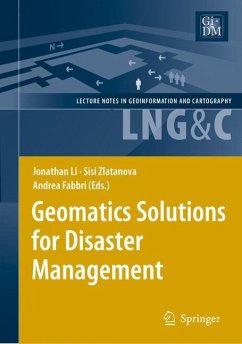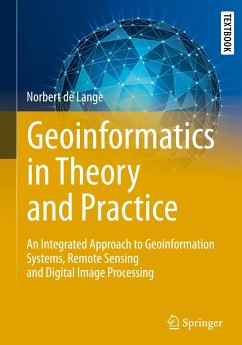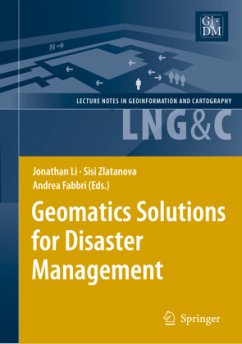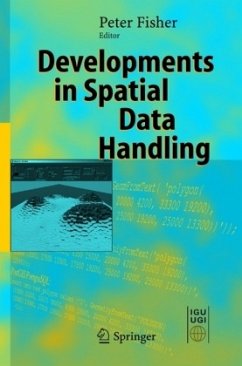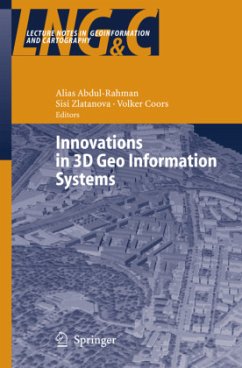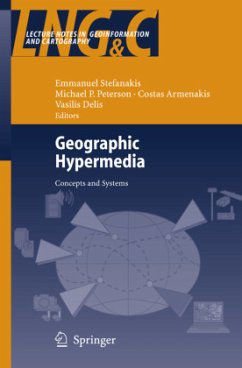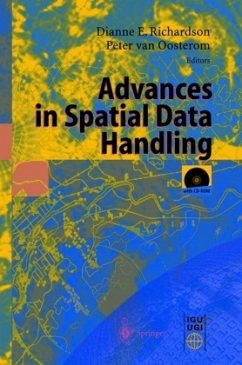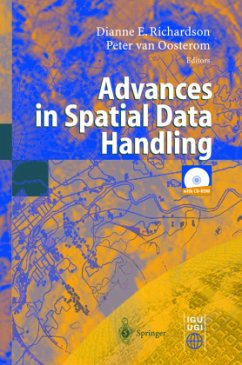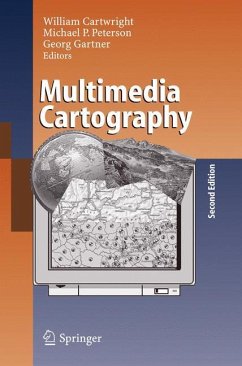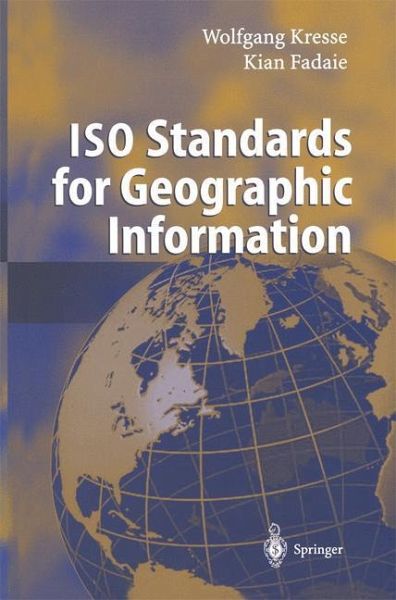
ISO Standards for Geographic Information
Versandkostenfrei!
Versandfertig in 6-10 Tagen
113,99 €
inkl. MwSt.
Weitere Ausgaben:

PAYBACK Punkte
57 °P sammeln!
The optional Introduction is an informal description of the content of the standard. It should enable a new reader to evaluate whether the standard is relevant for a given purpose or not. Scope The scope defines without ambiguity, the subject of the document and the aspects covered, thereby indicating the limits of applicability. The scope shall be succinct so that it can be used as a summary for bibliographie purposes. The scope has to be approved by the plenary of the Technical Committee or Sub committee in order to align the fields of work of all standards of the family. Conformance The "Co...
The optional Introduction is an informal description of the content of the standard. It should enable a new reader to evaluate whether the standard is relevant for a given purpose or not. Scope The scope defines without ambiguity, the subject of the document and the aspects covered, thereby indicating the limits of applicability. The scope shall be succinct so that it can be used as a summary for bibliographie purposes. The scope has to be approved by the plenary of the Technical Committee or Sub committee in order to align the fields of work of all standards of the family. Conformance The "Conformance" clause is only required in some standards in the Information Technology field. This clause shall enable a user to test a product on compliance with the ISO standard. Normative references, Terms and definitions, Symbols and abbreviated terms The "Normative references" clause provides a list of the referenced documents cited in the document in such a way as to make them indispensable for the applica tion of the document. The "Terms and definitions" clause refers to the terminology of the standard. In families of standards like the ISO 19100 it is recommended that one keep track of the terminology of all member standards of the family as a whole. The "Symbols and abbreviated terms" clause is filled as far as necessary for un derstanding the standard. Basic elements The basic elements contain the provisions of the standard. They are ordered in clauses, subclauses, and paragraphs.



